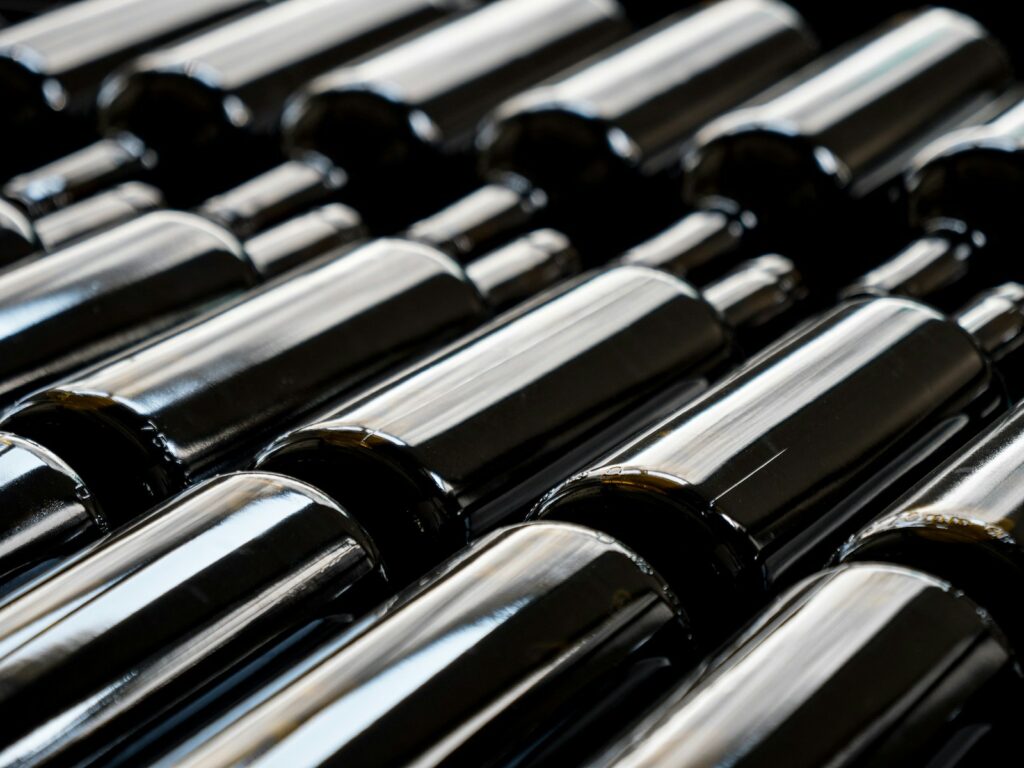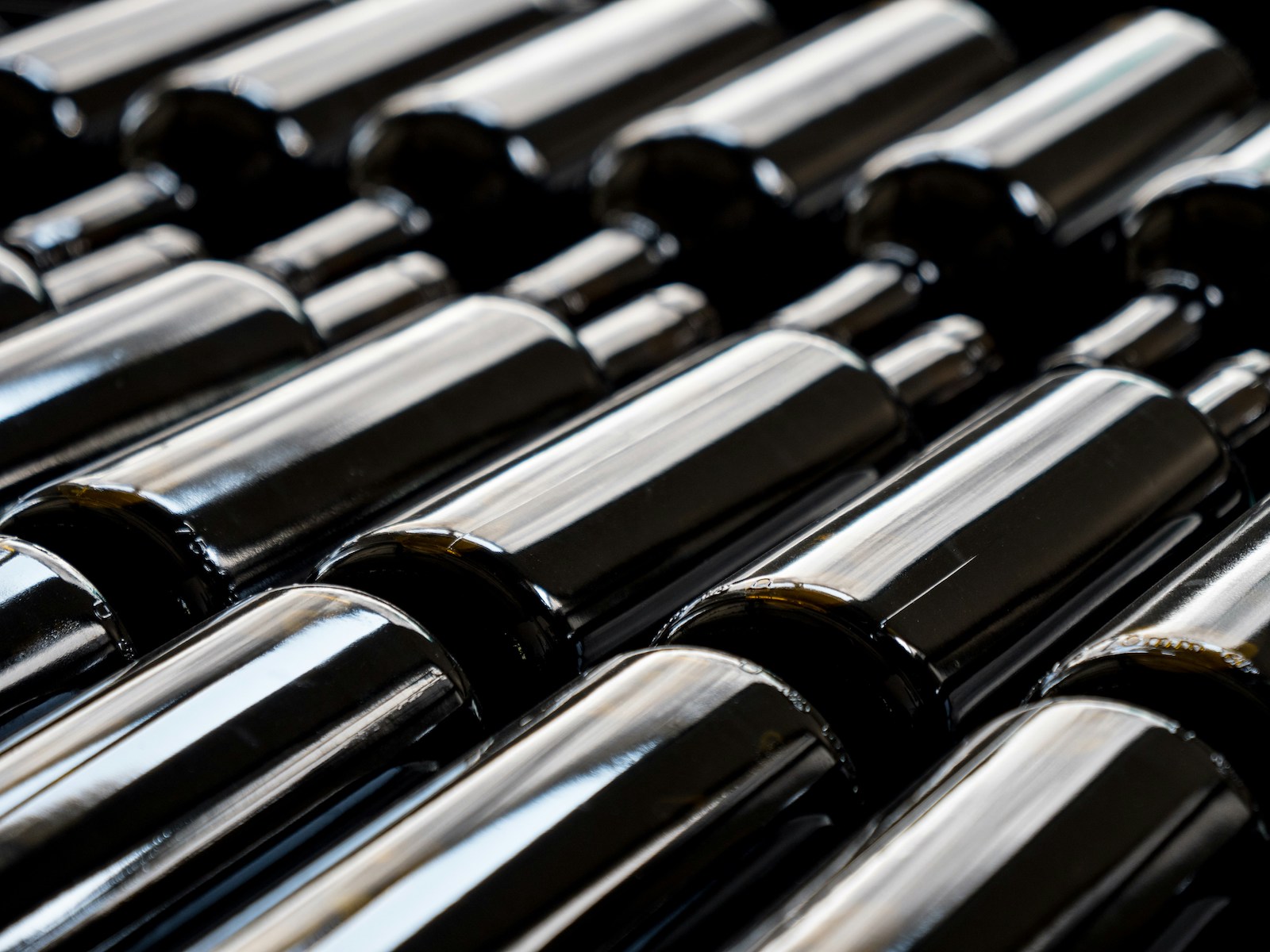A Friendly Guide to Crafting Your Dream Cellar

Embarking on the journey of wine collecting in the Lone Star State offers a unique opportunity to savor the rich diversity of both local and international vintages. With Texas’ burgeoning wine industry and its climate varying from the High Plains to the Gulf Coast, enthusiasts are finding that wine collecting is not only a pursuit of taste but also a hearty nod to regional pride. Building a personal wine cellar allows collectors to preserve their treasured bottles under optimal conditions, ensuring that each vintage reaches its full potential.
For Texans who are passionate about wine, the creation of a personal cellar is about more than storage—it’s a reflection of personal style and a commitment to the art of wine. Considering factors such as temperature control and proper humidity levels is essential for long-term storage and wine maturation. Moreover, the design and organization of a cellar can be tailored to fit the collector’s space and preferred aesthetic, whether it’s a sleek, modern design or a rustic homage to traditional vineyard cellars.
Collectors may also choose to focus on specific types of wine, such as Texas-grown varietals, or expand their horizons to include international selections. Regardless of the focus, the key to a successful wine collection lies in understanding the nuanced needs of different wines. For instance, the right temperature range of 55-59°F (12-15°C) with 55-75% humidity is crucial, not only to preserve the wine but to allow it to evolve favorably over time.
Starting Your Wine Collection
Before embarking on the journey of wine collecting in Texas, it is essential to grasp the basics, select the right bottles thoughtfully, effectively manage your budget, and continually seek knowledge on the subject.
Understanding the Basics
When one decides to venture into the realm of wine collecting, it is crucial to understand what constitutes a suitable environment for storing wine. A wine cellar should maintain a consistent temperature, usually around 55°F, and proper humidity levels to ensure the longevity and quality of the wine collection. For those starting a wine cellar, focusing on the essential elements of storage, like temperature control and racking, should take precedence over aesthetic concerns.
Choosing the Right Bottles
Selecting bottles for a new collector can be quite exciting. It is advantageous to start small and gradually build a diverse collection. Texas wine collectors should consider local wineries and explore the unique terroirs of the state. Including a mix of varietals, vintages, and types of wine such as reds, whites, and even champagne will ensure a well-rounded cellar. One should not overlook the importance of personal passion for the wines chosen, as this personal connection often enhances the collecting experience.
Budgeting for Your Hobby
When it comes to budgeting for a wine collection, it is paramount to allocate disposable income wisely. Wine collecting is not just about the initial cost of the bottles but also encompasses additional investments in storage, insurance, and potential profit. Collectors should:
- Determine a monthly or annual wine budget
- Consider both price and quality to ensure value
- Be prepared for long-term costs associated with maintaining a cellar
Research and Education
Continuous research and education are fundamental for any aspiring wine collector. Learning about different wine regions, the intricacies of varietals, and the best vintages allows collectors to make informed decisions. New collectors should take advantage of resources such as:
- Books and online content about wine collecting
- Tastings and tours at wineries to directly engage with wine producers
- Educational seminars to deepen one’s understanding of winemaking and terroirs
By immersing oneself in the world of wines, a collector not only builds a more valuable collection but also enriches their appreciation for the art of winemaking.
Designing Your Wine Cellar
When building a wine cellar in Texas, the key is to consider location, temperature, and humidity control, as well as organizational systems that keep track of your growing collection.
Selecting the Perfect Location
Choosing the right location within your home is crucial for a wine cellar. It should be a space with minimal temperature fluctuations and low light exposure. Basements are often ideal due to their naturally cooler temperatures and reduced light. However, if a basement is not available, any space can be converted, including closets or under-stair areas, as long as it meets the proper storage conditions.
Creating Optimal Storage Conditions
To preserve and age your bottles correctly, maintaining the ideal temperature of 55 to 65°F and a humidity level of 50 to 70% is critical, as wine can be sensitive to changes in these conditions. Use a wine fridge for smaller collections or climate control systems for larger cellars. Walls should be properly insulated, and doors should be sealed to keep the environment stable. Subdued lighting is best, as direct sunlight can negatively affect the aging process.
Cellar Management and Organization
Documenting and managing your wine inventory ensures that your collection is enjoyed at its best. Use a cellar management system to track your bottles, noting details like the vineyard, varietal, vintage, and optimal drinking window. Shelves or racks should be designed to store bottles horizontally to keep corks moist, preventing air from spoiling the wine. Incorporating a shelving design that allows for easy labeling and sorting will help with cellar organization and enable you to find wines quickly.
Growing and Curating Your Collection
For Texans with a passion for wine, growing a personal wine collection involves not only acquiring bottles but also understanding the subtleties of different varietals and the significance of terroir. Patience and interaction with other wine enthusiasts are key to discovering rare finds and expanding one’s cellar.
Exploring Wine Regions and Varietals
Curating a diverse wine collection can be an exciting journey through the world’s famed wine regions. For a collector in Texas, local wineries provide a plethora of options, but venturing into international varieties from regions like Bordeaux, Burgundy, and the Loire Valley enriches the collection. Each region offers unique grape varietals with distinct flavors and aging potential.
- France: Known for its Champagne and Bordeaux blends.
- Italy: Celebrated for its Chianti and Barolo, showcasing the diversity of the Sangiovese and Nebbiolo grapes.
- Texas: Surprising finds in local varietals that stand up in quality against their European counterparts.
Provenance is essential; ensuring wines come from reputable producers guarantees authenticity and quality.
Investing in Rare and Aged Wines
Rare and aged wines, such as Vintage Port and exclusive vintages from storied winemakers, often carry high prices due to their limited availability and aging potential. When selecting such wines, a collector should consider:
- Auctions: A venue for finding unique and vintage wines.
- Provenance and Storage: Proper verification of a wine’s history.
- Expert Opinion: Consulting a sommelier or wine merchant can lead to wise investments.
Investing in these wines often requires a significant outlay, but they can serve as the cornerstone of a distinguished collection.
Engaging with the Wine Community
Joining a wine club or attending tastings can offer invaluable opportunities to engage with fellow collectors, master sommeliers, and experts. Such interactions can:
- Enhance knowledge about wine regions and rare wines.
- Offer insights into the aging potential and best vintages to seek out.
- Aid in building valuable relationships with wine merchants and producers.
Regularly engaging with the community helps collectors stay informed about market trends and opportunities to grow their cellars responsibly.
Enjoying and Sharing Your Wine
Building a personal wine cellar brings not only the pleasure of collecting but also the joys of sharing and integrating wine into one’s lifestyle. Whether one is hosting friends for a themed tasting event or sharing a rare bottle with a special guest, the wine collector’s journey is as much about community as it is about personal enjoyment.
Hosting Wine Tastings
Hosting a wine tasting allows collectors to showcase their curated selection ranging from robust Cabernet Sauvignon to delicate Chardonnay. A well-planned tasting might include a comparison of the spicy notes of Zinfandel against the earthy undertones of a complex Pinot Noir. To facilitate the event, they may opt to create a tasting table, ensuring each wine’s proper presentation, possibly even inviting a sommelier to enhance the experience with professional insights.
- Setting the Stage: Designate each wine’s position on the table, complete with a succinct description card.
- Guiding the Palate: Start with lighter whites, move through to the reds, before concluding with sweet wines or dessert wines.
Pairing Food and Wine
Matching food with wine elevates both the dining and tasting experience. Chardonnay can be excellently paired with creamy dishes, enhancing the wine’s buttery characteristics. A bold Cabernet Sauvignon, on the other hand, stands up well to hearty meats, where its tannic structure complements the dish’s richness. Building a menu around their cellar selections, they not only share their passion for wine but also the art of pairing.
- Acidity and Tannin: Consider the balance; acidic wines like Sauvignon Blanc could refresh the palate with oily fish, while tannic reds match well with fatty cuts.
Introducing Wine to Your Lifestyle
Incorporating wine into one’s lifestyle means finding ways to make it a daily pleasure rather than a special occasion treat. A wine collector might unwind with a glass of Pinot Noir after work or pour a bright Sauvignon Blanc to accompany a casual lunch. Sharing these moments with friends and family can turn everyday occurrences into memorable experiences sparked by a shared bottle.
- Daily Indulgence: Open a bottle on a weeknight to transform a simple meal into an occasion.
- Sharing the Passion: Offer to bring a bottle from your collection to gatherings, introducing variety and conversation about wine.
Advanced Wine Collecting Strategies
When delving into advanced wine collecting, enthusiasts should focus on three main areas: mastering the fine details of wine knowledge, intelligently expanding their collection, and ensuring meticulous care for their wines. Each aspect plays a crucial role in cultivating an impressive and valuable wine collection.
Mastering the Fine Details
They say the devil is in the details, and this rings true for wine collecting. An expert collector will base purchasing decisions on vintage reports, analyzing the acidity, tannins, and potential for aging. Those who seek to include Italian wines in their cellars might target stellar vintages of Barolo, Barbaresco, and Brunello di Montalcino, renowned for their aging potential. Moreover, sweetness and longevity inform choices when adding Sauternes, while the unique terroir qualities of Châteauneuf-du-Pape or German Riesling require a nuanced understanding of regional characteristics.
Expanding Your Collection Intelligently
Expanding a wine collection is both an art and a science. Aiming for diversification, wine collectors should look beyond their personal preferences to consider wines that might yield a better investment return. Rare wines featuring exceptional uniqueness and quality, for instance, tend to see an increase in prices over time. While not all wines are destined for profit, strategic acquisitions, such as selecting under-the-radar vintages that have received less attention yet still exhibit excellent characteristics, can be both cost-effective and rewarding.
Ensuring Proper Wine Care
The cornerstone of any wine collection is proper storage. Whether utilizing a personal cellar or a professional storage service, maintaining a constant, cool temperature and appropriate humidity levels is paramount. Given Texas’ climate, investing in a high-quality cooling system is essential for preserving a collection’s integrity. The goal is to create an environment where wines can reach their full potential, allowing them to age gracefully, thus maximizing both their care and cost value over time.

